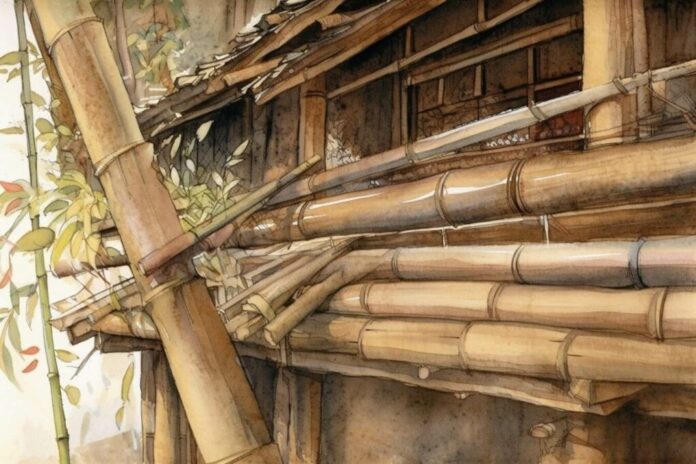The Institution of Engineering and Technology, Ghana (IET-Ghana) has shared insights on the use of bamboo as a reinforcement material in concrete.
IET-Ghana has said it recognises the potential benefits of bamboo in its raw state, as a laminate, and as a composite material and the use of bamboo as a direct replacement for steel reinforcement in concrete requires careful consideration and further research.
In a statement, the institution explained that, bamboo is a natural composite polymeric material, composed of a lignin matrix with fibrous elements, which are naturally bound together as an organic composite.
However, as a carbon-based material from the grass family, and if not adequately treated, it can decompose over time, particularly in alkaline or acidic environments.
“The IET-GH acknowledges the historical use of bamboo in mud buildings, but emphasizes that the conditions in concrete, particularly its alkaline environment, differ significantly from those in traditional mud construction methods.
“Bamboo tends to absorb water when mixed with fresh concrete, which causes swelling. The bamboo shrinks as it dries, which may leave spaces between it and the surrounding concrete, weakening the bond between them. This can compromise the structural integrity of bamboo reinforced concrete,” portions of the statement read.
The statement advised that for bamboo to be used as a reinforcement material, there must among other things be an effective treatment methods to minimize water absorption and improve bonding between the bamboo and the concrete matrix.
“However, in the absence of established treatments and standards by Ghana Standard Authority and Engineering Council, the use of untreated bamboo is NOT endorsed.
“Therefore, IET-GH advises, caution and recommends avoiding the adoption of bamboo as reinforcement in current time,” the statement added.
Read the full statement below:
ALSO READ:


